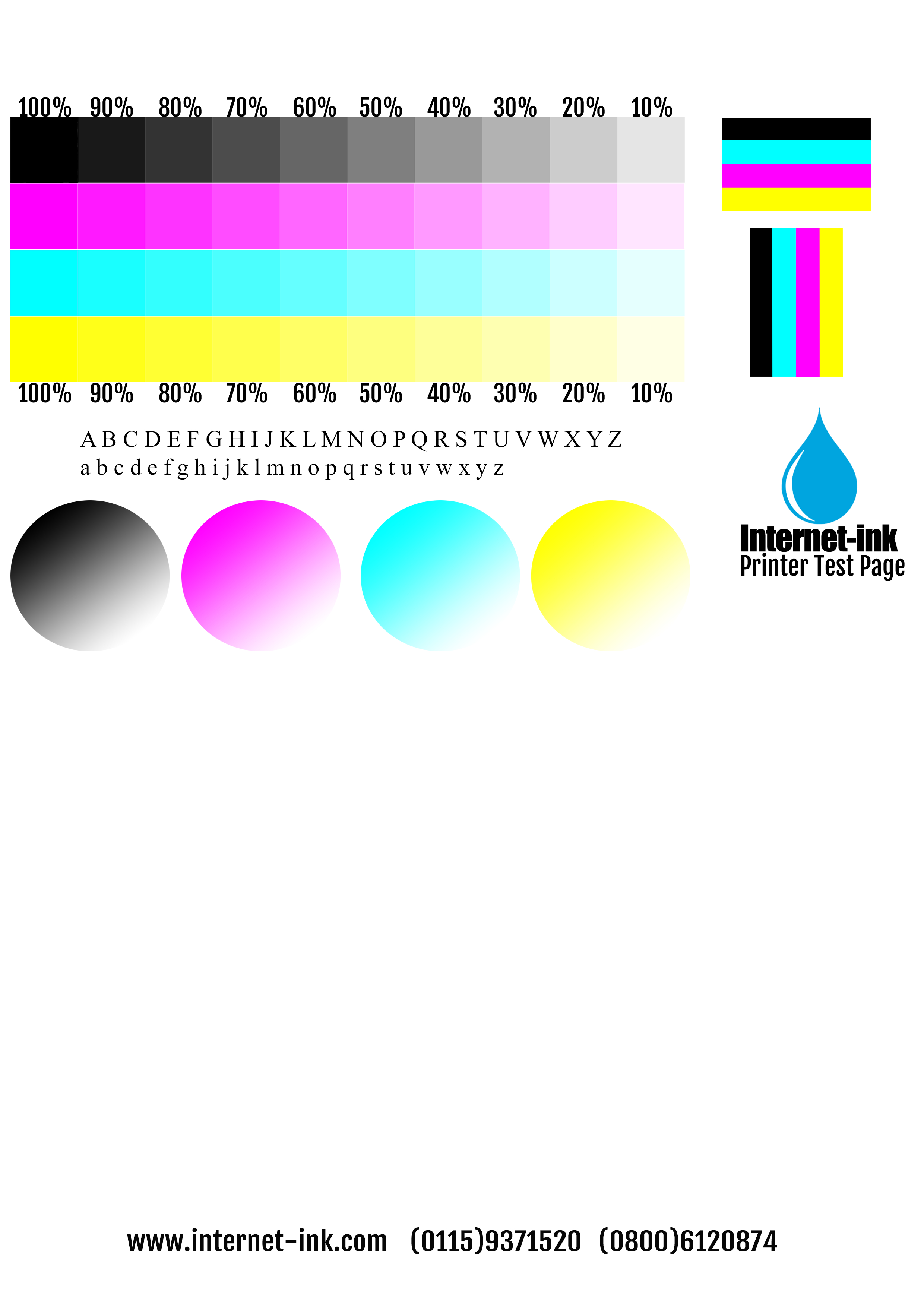
AM is used widely in many industries such as automotive, aerospace, biomedical, electronics, and more. Among these, the manufacturing of ceramics and metals using AM is being investigated by the research community due to its engineering applications. AM can be utilized with a variety of materials, including ceramics, metals, and plastics. Over the past forty years, additive manufacturing (AM) has undergone significant growth due to its advanced manufacturing benefits over the conventional subtractive method. A suitable drying behavior was studied to remove the green body without cracking and wrapping before the sintering of the scaffold. The printed scaffold was further investigated for its physical and morphological structure of the green body. Printing speed 5 mm/s and extrusion pressure 3 bar was found suitable to print a scaffold through a nozzle of 0.6 mm, keeping the stand-off distance equal to the nozzle diameter. A line study was carried out to identify the printing parameters suitable for printing structures from the selected ink with lesser dimensional error. Viscosity and extrudability tests found that stable TCP: Pluronic ink of 50 vol.% was more reliable compared to other tested inks prepared from a functional polymer group polyvinyl alcohol.

This work investigates the rheology and extrudability of TCP inks to produce near-net-shape structures. Fabrication of porous ceramic structures using conventional manufacturing techniques is very challenging because of the brittle nature of the ceramics, which has led to a newly adapted direct ink writing additive manufacturing method. In the biomedical industry, tricalcium phosphate is a bioceramic substance that is frequently employed in the fabrication of scaffolds and bone structures.


 0 kommentar(er)
0 kommentar(er)
